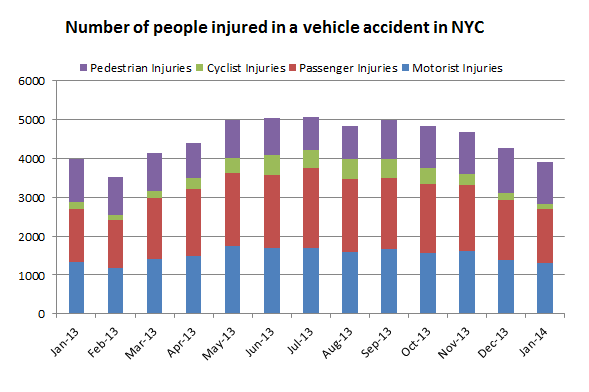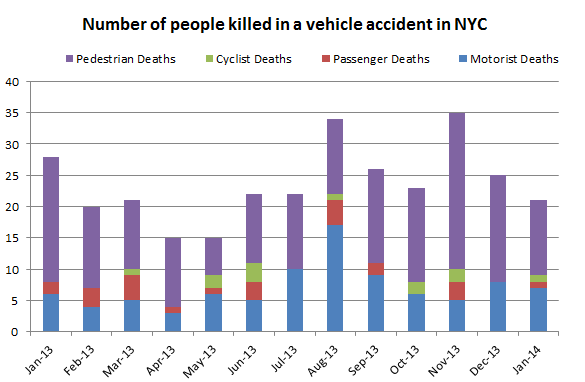New York Personal Injury Lawyer Richard M. Steigman to chair the NYSTLA seminar “2014 CPLR Update: Learn the Cutting-Edge Decisions Every Litigator Must Know”
 Our partner, NY Personal Injury Attorney Richard M. Steigman, will be the Chair of the “2014 CPLR Update: Learn the Cutting-Edge Decisions Every Litigator Must Know” Seminar presented by the New York State Trial Lawyers Association on March 25th 2014 from 6:00 to 9:00 pm. Hon. Ariel E. Belen (Ret) will also be on the faculty.
Our partner, NY Personal Injury Attorney Richard M. Steigman, will be the Chair of the “2014 CPLR Update: Learn the Cutting-Edge Decisions Every Litigator Must Know” Seminar presented by the New York State Trial Lawyers Association on March 25th 2014 from 6:00 to 9:00 pm. Hon. Ariel E. Belen (Ret) will also be on the faculty.
One of the key requirements of successfully managing a civil caseload is staying abreast of legislative changes and court decisions in the field of New York Civil Practice. This seminar will provide an in-depth review of these new developments, including practice tips and pitfall warnings that are invaluable for the civil litigator with perspectives from both the practitioner and the bench.
Topics will include:
 New York Personal Injury Attorneys Blog
New York Personal Injury Attorneys Blog




 Pedestrian Accidents
Pedestrian Accidents
